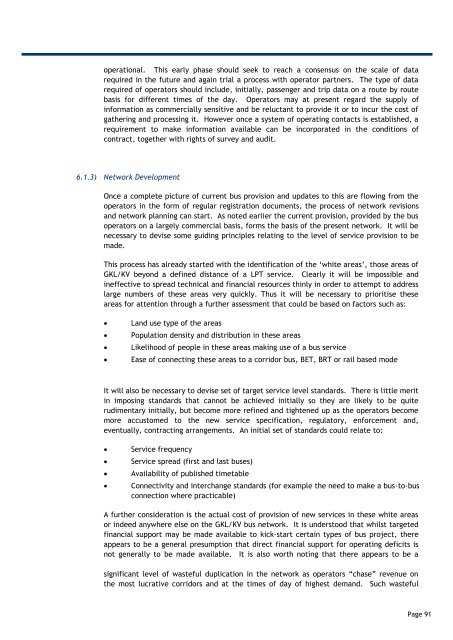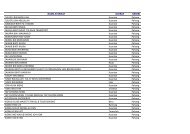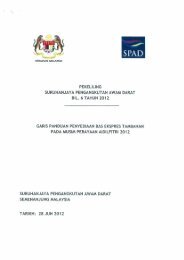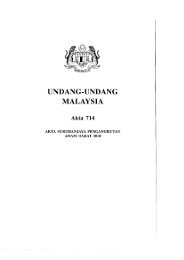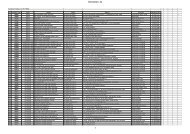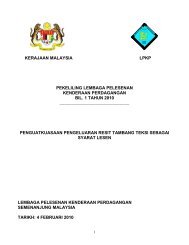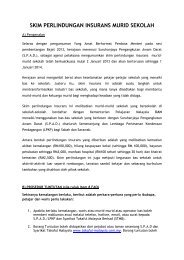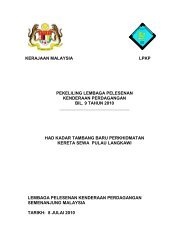Contents - SPAD
Contents - SPAD
Contents - SPAD
You also want an ePaper? Increase the reach of your titles
YUMPU automatically turns print PDFs into web optimized ePapers that Google loves.
operational. This early phase should seek to reach a consensus on the scale of data<br />
required in the future and again trial a process with operator partners. The type of data<br />
required of operators should include, initially, passenger and trip data on a route by route<br />
basis for different times of the day. Operators may at present regard the supply of<br />
information as commercially sensitive and be reluctant to provide it or to incur the cost of<br />
gathering and processing it. However once a system of operating contacts is established, a<br />
requirement to make information available can be incorporated in the conditions of<br />
contract, together with rights of survey and audit.<br />
6.1.3) Network Development<br />
Once a complete picture of current bus provision and updates to this are flowing from the<br />
operators in the form of regular registration documents, the process of network revisions<br />
and network planning can start. As noted earlier the current provision, provided by the bus<br />
operators on a largely commercial basis, forms the basis of the present network. It will be<br />
necessary to devise some guiding principles relating to the level of service provision to be<br />
made.<br />
This process has already started with the identification of the „white areas‟, those areas of<br />
GKL/KV beyond a defined distance of a LPT service. Clearly it will be impossible and<br />
ineffective to spread technical and financial resources thinly in order to attempt to address<br />
large numbers of these areas very quickly. Thus it will be necessary to prioritise these<br />
areas for attention through a further assessment that could be based on factors such as:<br />
<br />
<br />
<br />
<br />
Land use type of the areas<br />
Population density and distribution in these areas<br />
Likelihood of people in these areas making use of a bus service<br />
Ease of connecting these areas to a corridor bus, BET, BRT or rail based mode<br />
It will also be necessary to devise set of target service level standards. There is little merit<br />
in imposing standards that cannot be achieved initially so they are likely to be quite<br />
rudimentary initially, but become more refined and tightened up as the operators become<br />
more accustomed to the new service specification, regulatory, enforcement and,<br />
eventually, contracting arrangements. An initial set of standards could relate to:<br />
<br />
<br />
<br />
<br />
Service frequency<br />
Service spread (first and last buses)<br />
Availability of published timetable<br />
Connectivity and interchange standards (for example the need to make a bus-to-bus<br />
connection where practicable)<br />
A further consideration is the actual cost of provision of new services in these white areas<br />
or indeed anywhere else on the GKL/KV bus network. It is understood that whilst targeted<br />
financial support may be made available to kick-start certain types of bus project, there<br />
appears to be a general presumption that direct financial support for operating deficits is<br />
not generally to be made available. It is also worth noting that there appears to be a<br />
significant level of wasteful duplication in the network as operators “chase” revenue on<br />
the most lucrative corridors and at the times of day of highest demand. Such wasteful<br />
Page 91


